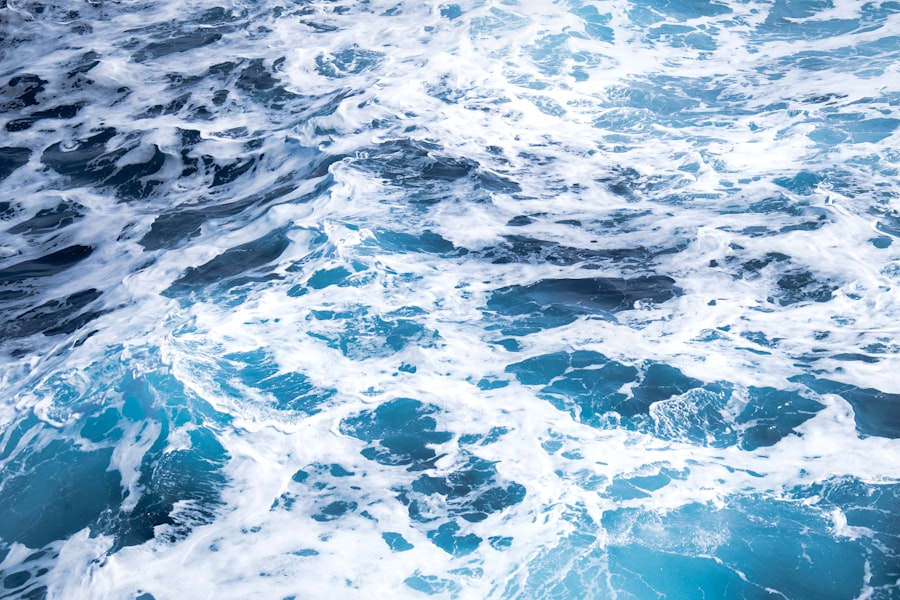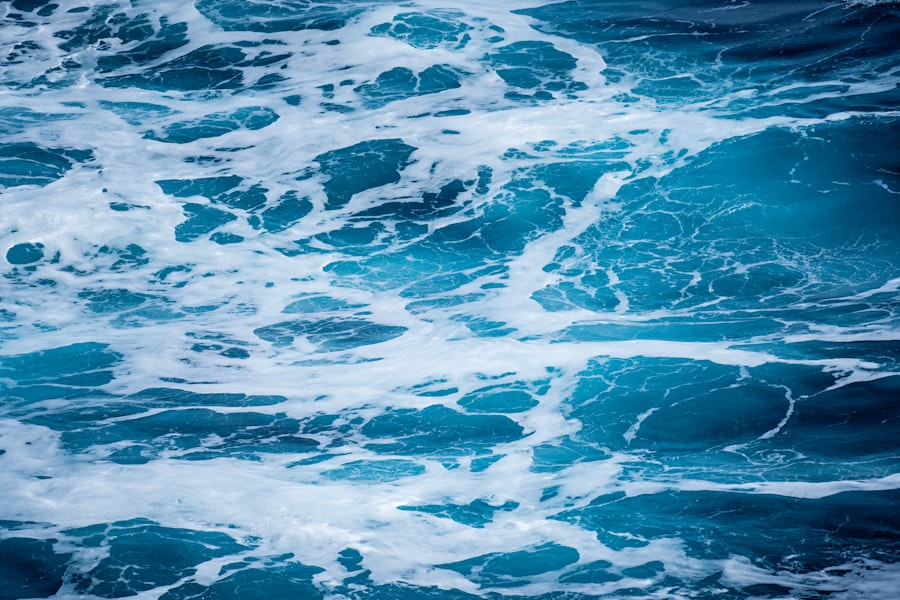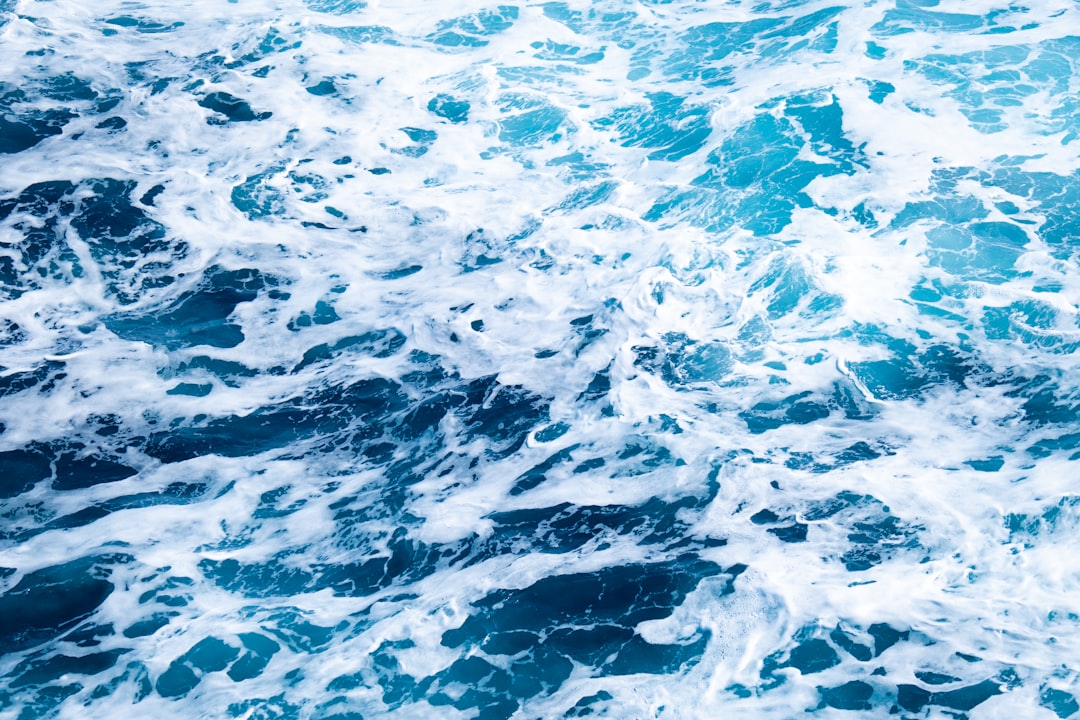The Drake Passage, a body of water situated between the southern tip of South America and Antarctica, is renowned for its tumultuous seas and rich maritime history. This narrow stretch of ocean, measuring approximately 800 kilometers (500 miles) wide, serves as a critical conduit for marine traffic between the Atlantic and Pacific Oceans.
Its unpredictable weather patterns and strong currents have made it a formidable challenge for sailors and explorers alike. The significance of the Drake Passage extends beyond its geographical location; it is a vital ecological zone that supports a diverse array of marine life. The confluence of cold Antarctic waters and warmer currents creates a unique environment that fosters rich biodiversity.
As such, the Drake Passage is not only a key route for maritime navigation but also a crucial area for scientific research and environmental conservation. The allure of the passage lies in its dual nature: it is both a gateway to the remote beauty of Antarctica and a testament to the power of nature.
Key Takeaways
- The Drake Passage is a body of water between South America’s Cape Horn and the South Shetland Islands of Antarctica, known for its challenging sailing conditions and unique wildlife.
- The Drake Passage has a rich historical significance as the route taken by famous explorers such as Sir Francis Drake and Charles Darwin, and has been a key passage for maritime trade and exploration.
- The geographic features of the Drake Passage, including its narrow width and strong winds, create challenging sailing conditions and make it a strategic location for scientific research and exploration.
- The climate and weather patterns in the Drake Passage are characterized by strong winds, rough seas, and rapidly changing conditions, making it one of the most challenging maritime environments in the world.
- The Drake Passage is home to a diverse range of wildlife and marine life, including penguins, seals, whales, and seabirds, making it a popular destination for wildlife enthusiasts and adventure seekers.
Historical significance of the Drake Passage
The historical importance of the Drake Passage cannot be overstated. It has long been a pivotal route for explorers, traders, and scientists seeking to understand the southernmost reaches of the Earth. In the late 1500s, Sir Francis Drake became one of the first Europeans to navigate these treacherous waters, marking a significant moment in maritime history.
His journey not only opened up new trade routes but also paved the way for future explorations of the Antarctic region. The passage became a symbol of human curiosity and resilience in the face of nature’s challenges. Throughout the centuries, the Drake Passage has witnessed numerous expeditions that have contributed to our understanding of geography, climate, and marine biology.
Notable figures such as Ernest Shackleton and Robert Falcon Scott undertook perilous journeys across these waters in their quests to explore Antarctica. Their stories of bravery and survival have become legendary, highlighting the passage’s role as a crucible for human endeavor. The historical narratives surrounding the Drake Passage serve as a reminder of humanity’s relentless pursuit of knowledge and adventure.
Geographic features and challenges of the Drake Passage

Geographically, the Drake Passage is characterized by its deep waters and complex topography. The seabed features underwater ridges and valleys that contribute to its dynamic currents and unpredictable conditions. The passage is flanked by the rugged coastlines of Cape Horn to the north and the Antarctic Peninsula to the south, creating a natural funnel that intensifies wind and wave action.
This unique geography presents significant challenges for navigation, as vessels must contend with strong currents, shifting weather patterns, and sudden storms. The challenges posed by the Drake Passage are well-documented among mariners.
Sailors must be well-prepared for the unpredictable nature of the passage, as conditions can change rapidly from calm to chaotic. The combination of high winds, large swells, and icebergs makes this stretch of water one of the most formidable maritime routes in the world.
Climate and weather patterns in the Drake Passage
| Climate and Weather Patterns in the Drake Passage | |
|---|---|
| Average Temperature | -2°C to 6°C |
| Wind Speed | 40-50 km/h |
| Storm Frequency | High |
| Iceberg Presence | Common |
| Currents | Strong |
The climate of the Drake Passage is heavily influenced by its proximity to Antarctica and the Southern Ocean. It is characterized by cold temperatures, strong winds, and frequent storms. The passage experiences a subpolar maritime climate, with average temperatures ranging from -2°C (28°F) in winter to 8°C (46°F) in summer.
These conditions create an environment where fog, rain, and snow are common, further complicating navigation. Weather patterns in the Drake Passage are notoriously unpredictable. The convergence of warm air from the north and cold air from the south often leads to rapid changes in weather conditions.
Sailors traversing this passage must remain vigilant, as storms can develop with little warning. The region’s notorious reputation for rough seas is largely attributed to these volatile weather patterns, making it essential for vessels to be equipped with advanced navigation technology and experienced crews.
Wildlife and marine life in the Drake Passage
Despite its challenging conditions, the Drake Passage is home to an astonishing variety of wildlife and marine life. The nutrient-rich waters support an abundance of krill, which serves as a vital food source for many species in the region. This rich ecosystem attracts a diverse array of marine animals, including seals, whales, and seabirds.
Among them are iconic species such as humpback whales, orcas, and albatrosses, which are often spotted by those fortunate enough to traverse these waters. The presence of such diverse wildlife makes the Drake Passage an important area for scientific research and conservation efforts. Researchers study the interactions between species and their environments to better understand how climate change impacts this fragile ecosystem.
Additionally, ecotourism has grown in popularity in recent years, allowing visitors to witness firsthand the incredible biodiversity that thrives in this remote region while promoting awareness about conservation efforts.
Notable expeditions and explorations of the Drake Passage

The history of exploration in the Drake Passage is rich with tales of adventure and discovery. One of the most notable expeditions was led by Ernest Shackleton during his ill-fated attempt to cross Antarctica in 1914. His ship, the Endurance, became trapped in pack ice, forcing Shackleton and his crew to endure unimaginable hardships as they sought rescue.
Their remarkable story of survival has become emblematic of human determination against overwhelming odds. Another significant expedition was that of Robert Falcon Scott, who aimed to be the first to reach the South Pole in 1911. Although Scott’s team ultimately fell short in their quest, their journey through the Drake Passage was fraught with peril and showcased both the beauty and danger of this remote region.
These expeditions not only contributed to our understanding of Antarctica but also highlighted the indomitable spirit of exploration that continues to inspire adventurers today.
Modern transportation and navigation through the Drake Passage
In contemporary times, advancements in technology have transformed transportation and navigation through the Drake Passage. Modern vessels are equipped with sophisticated navigation systems that enhance safety and efficiency during crossings. GPS technology allows for precise positioning, while radar systems help detect obstacles such as icebergs or other ships in challenging conditions.
Despite these advancements, navigating the Drake Passage remains a formidable task. Mariners must still contend with unpredictable weather patterns and strong currents that can affect vessel stability. As such, training for crews operating in this region is crucial; they must be well-versed in emergency procedures and equipped to handle any situation that may arise during their journey.
Safety precautions and measures for crossing the Drake Passage
Given its reputation for treacherous conditions, safety precautions are paramount when crossing the Drake Passage. Vessels must adhere to strict safety regulations that include regular maintenance checks and equipment inspections. Additionally, crews are trained in emergency response protocols to ensure they are prepared for any potential hazards.
Before embarking on a journey through these waters, thorough planning is essential. Mariners often consult weather forecasts and oceanographic data to assess conditions before setting sail. Many vessels also carry additional safety equipment such as life rafts, flares, and communication devices to ensure they can respond effectively in case of an emergency.
Tourism and adventure opportunities in the Drake Passage
In recent years, tourism has flourished in the Drake Passage as adventurers seek to experience its breathtaking landscapes and unique wildlife firsthand. Cruise lines offer expeditions that allow travelers to explore this remote region while providing opportunities for activities such as kayaking, wildlife watching, and photography. These tours often include knowledgeable guides who share insights about the ecology and history of the area.
Adventure tourism in the Drake Passage appeals not only to thrill-seekers but also to those interested in environmental conservation. Many tour operators emphasize sustainable practices that minimize their impact on local ecosystems while promoting awareness about conservation efforts in Antarctica. This growing interest in responsible tourism highlights a shift towards appreciating natural wonders while ensuring their preservation for future generations.
Environmental concerns and conservation efforts in the Drake Passage
As interest in tourism increases, so do concerns about environmental impacts on the delicate ecosystems within the Drake Passage. The influx of vessels can lead to disturbances in wildlife habitats and increased pollution levels in these pristine waters. Recognizing these challenges, various organizations have initiated conservation efforts aimed at protecting this vital region.
International agreements such as the Antarctic Treaty System play a crucial role in regulating human activity in Antarctica and its surrounding waters. These agreements promote scientific research while establishing guidelines for sustainable practices among tour operators. Additionally, ongoing research efforts focus on monitoring marine life populations and assessing how climate change affects this fragile ecosystem.
The enduring allure of the Drake Passage
The Drake Passage remains an enduring symbol of adventure, exploration, and natural beauty. Its historical significance as a route for explorers has shaped our understanding of geography and marine biology while inspiring generations to venture into its tumultuous waters. Despite its challenges, modern advancements have made navigation safer than ever before, allowing more people to experience its wonders.
As tourism continues to grow in this remote region, it is essential to balance exploration with conservation efforts to protect its unique ecosystems. The allure of the Drake Passage lies not only in its breathtaking landscapes but also in its role as a reminder of humanity’s connection to nature—a connection that must be cherished and preserved for future generations to enjoy.
The Drake Passage, a crucial waterway connecting the Atlantic and Pacific Oceans, is known for its turbulent waters and significant role in global ocean circulation. This passage is a key component of the Antarctic Circumpolar Current, which influences climate patterns and marine biodiversity. For those interested in exploring more about the geographical and environmental significance of such regions, an insightful article can be found on MyGeoQuest. This article delves into various geographical phenomena and their impacts on our planet. You can read more about it by visiting this page.
WATCH NOW! Drake Passage: Earth’s Deadliest Waters Revealed
FAQs
What is Drake Passage?
Drake Passage is the body of water between the southern tip of South America and the northern tip of the Antarctic Peninsula. It connects the southwestern part of the Atlantic Ocean with the southeastern part of the Pacific Ocean.
What happens in Drake Passage?
Drake Passage is known for its rough seas and strong winds, making it one of the most challenging and unpredictable waterways in the world. It is also a prime location for observing marine wildlife, including whales, seals, and seabirds.
Why is Drake Passage so rough?
Drake Passage is characterized by strong westerly winds and powerful currents, which create rough and choppy seas. The convergence of the Antarctic Circumpolar Current and the South Pacific Current also contributes to the turbulent conditions in the passage.
What is the significance of Drake Passage?
Drake Passage is a crucial route for ocean circulation, as it allows the Antarctic Circumpolar Current to flow freely around Antarctica. It also serves as a gateway for scientific research and exploration in the Antarctic region.
Is it safe to travel through Drake Passage?
While Drake Passage is known for its challenging conditions, many ships and cruises regularly navigate through the passage. Experienced captains and modern vessels equipped with advanced technology help ensure safe passage for travelers.
